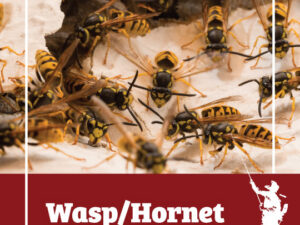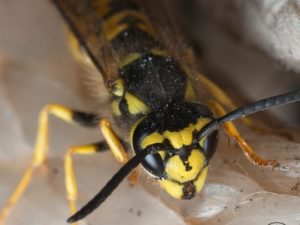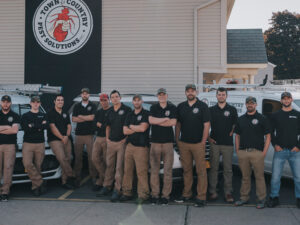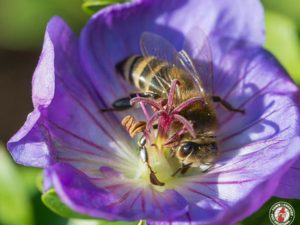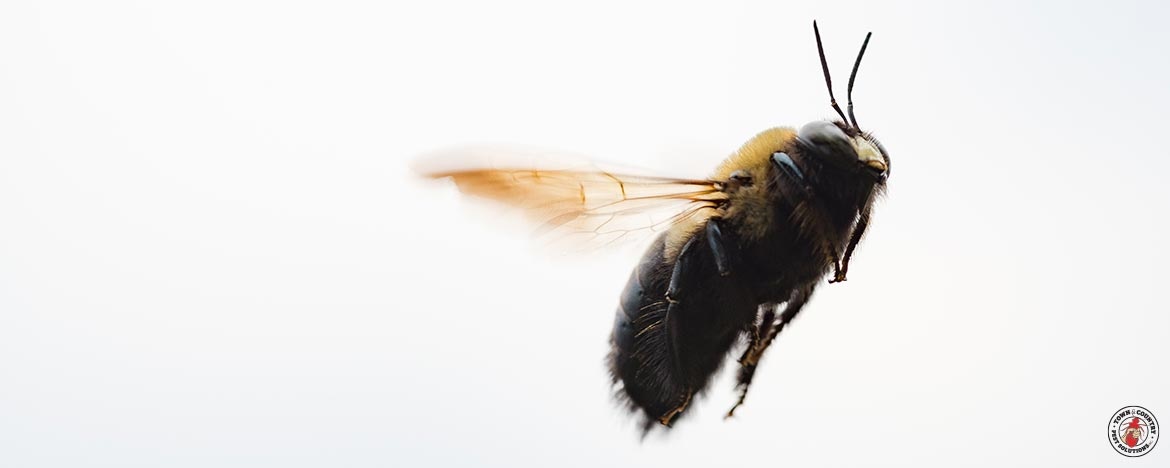
The Xylocopa genus is comprised of hundreds of bee species, most of which excavate wood for nesting purposes. Female Xylocopa bees use their strong mandibles to excavate nesting tunnels within natural sources of dead wood, like tree stumps, logs, and fallen branches. A few Xylocopa species have become accustomed to nesting within structural wood, cosmetic wood, and other types of woodwork in urban and suburban areas, resulting in costly damage. These bees are known as “carpenter bees,” and while multiple species inhabit various regions throughout the US, the most widespread and economically significant carpenter bee species, X. virginica, can be found in upstate New York where they frequently inflict damage to homes.
virginica is more commonly known as the “common carpenter bee,” or the “eastern carpenter bee,” as this species inhabits the entirety of the eastern US, as well as several midwestern states. Carpenter bees usually excavate nests in dry softwood that is exposed to the outside environment. Because of this, wood siding is far more vulnerable to carpenter bee damage than interior structural lumber in homes. Carpenter bees sometimes excavate hardwood as well, including small sources of seasoned hardwood, such as tool handles. Carpenter bees prefer to nest only within bare wood, as opposed to wood that has been varnished or painted, and this is especially true when it comes to wood that is covered with a coat of white paint. Carpenter bee damage is frequently found on fence posts, siding, mailbox posts, and wood located beneath siding, shingles, and on the underside of eaves. Carpenter bees carve out small holes around 15 mm diameter on the surface of the wood items that they infest. These holes mark the entrance to interior nesting galleries, and excavated wood shavings (frass) are ejected from these holes. Naturally, frass is often found beneath and/or near wood damaged by carpenter bees. Carpenter bees are relatively large in size at around 1 inch in length, and only females are capable of stinging. While males are not equipped with a stinger, they hover around entry holes to protect nests, and they are known to dart into people’s faces when threatened.
Have you ever encountered carpenter bee damage on your property?

